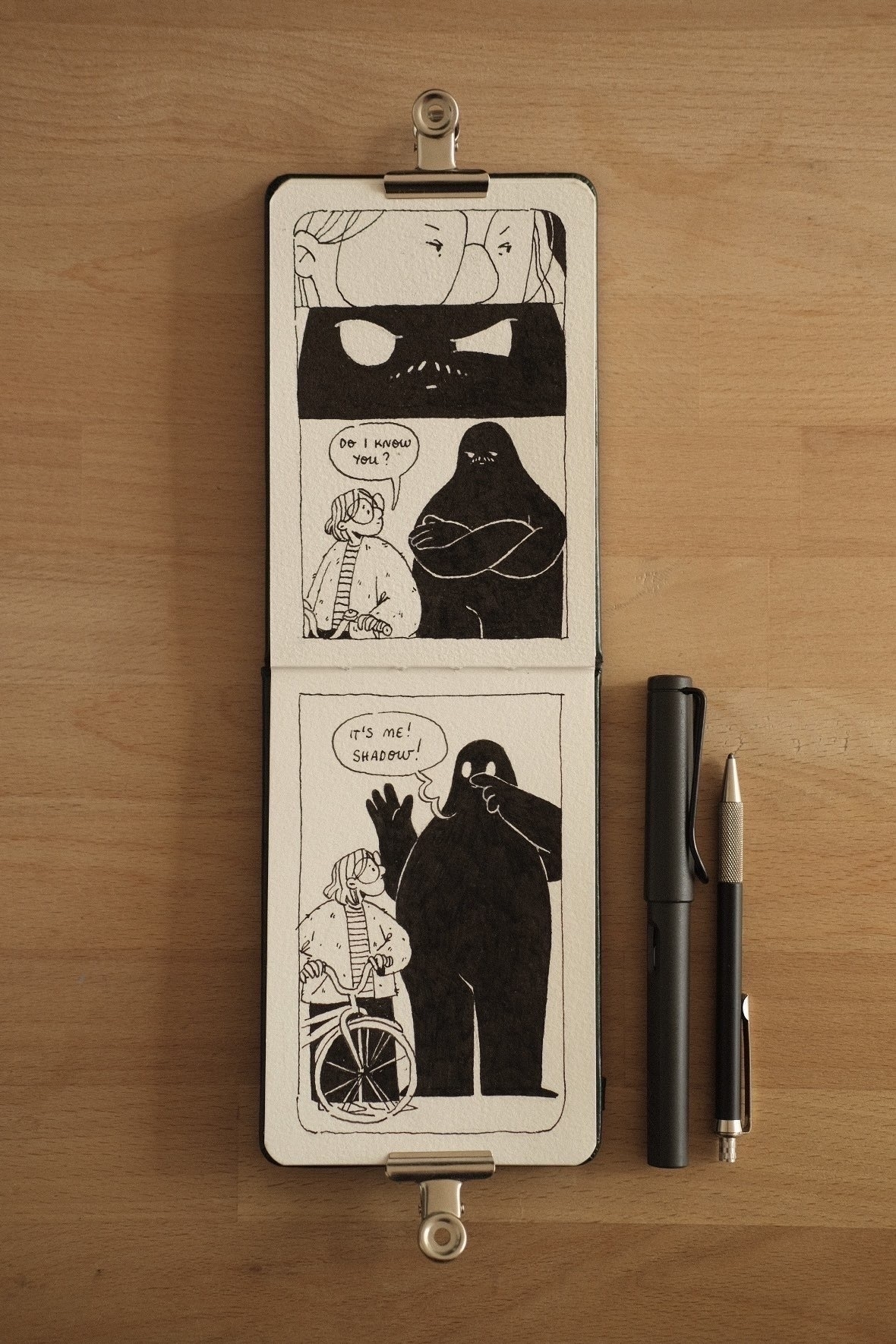I think it’s hilarious that Apple has added “A preferred look for Liquid Glass.” In display settings.
You’ll be able to choose between Clear, which offers a translucent UI, and Tinted, which uses darker colors for contrast from the background.
Liquid Glass not good? It’s a you problem now.

